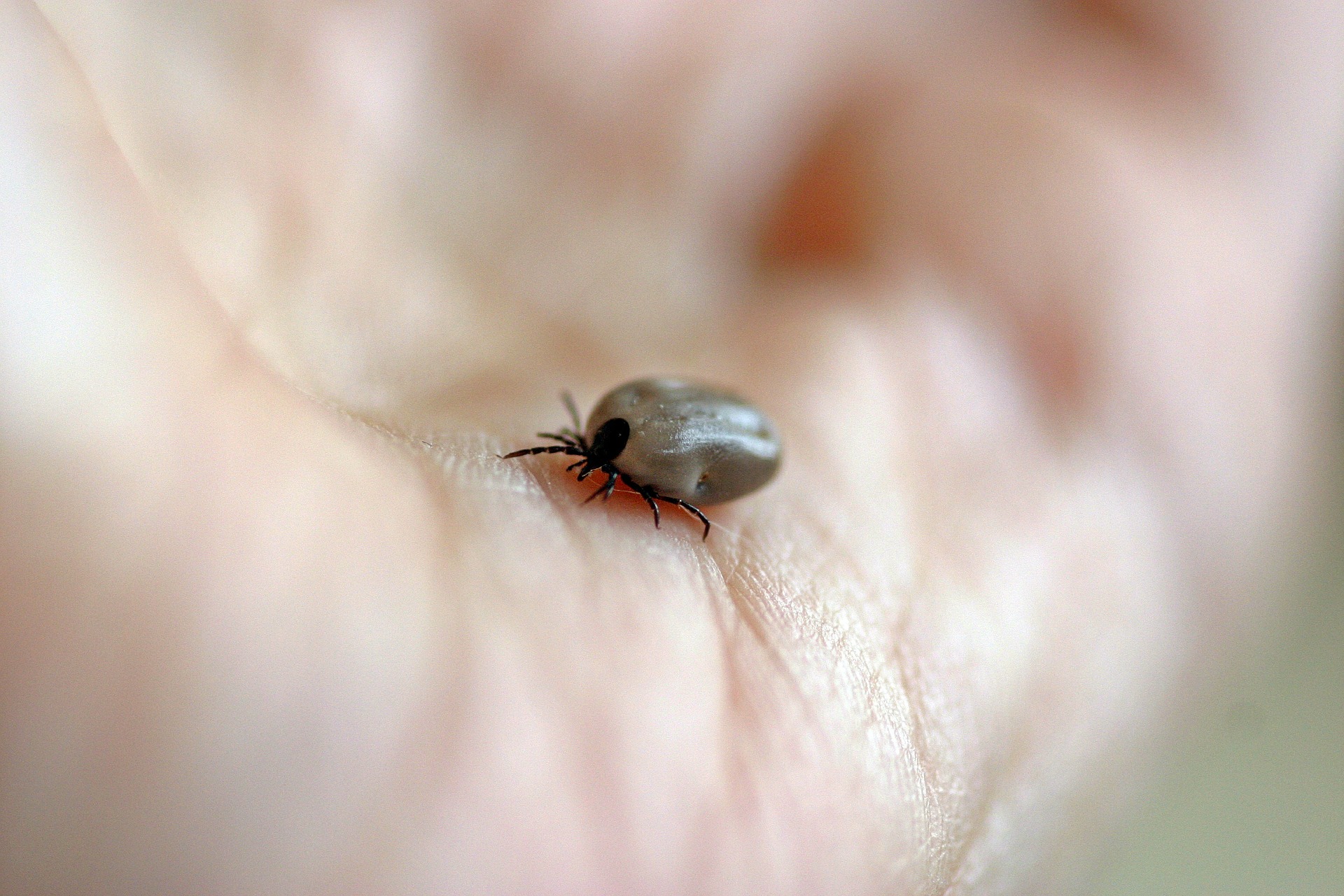HALIBURTON, ON – The health unit thinks it’s time to talk about ticks.
In an annual tradition, the Haliburton, Kawartha, Pine Ridge District Health Unit has shared to its social media platforms the latest edition of Tick Talk.
The YouTube video is a how-to guide of sorts when dealing with the black-legged tick.
Throughout the video, HKPR goes into detail about Lyme disease. According to the video, if you have contracted Lyme, the more minor symptoms include fever or skin rash soon after being bitten.
More severe symptoms include irregular heartbeat, muscle or joint pain and even nervous system disorders.
Health unit officials say that the signs and symptoms of Lyme do not have to be a combination of those, it could be just one.
HKPR says preventing the spread of Lyme is easy. So too is treating it if it is caught early enough.
The video goes on to explain that ticks live in forested areas and in the long grass. The poppy seed sized bug with latch onto your clothes or skin and then bite. “The best way to prevent Lyme disease is to avoid being bitten.”
To reduce the risk of getting the debilitating sickness, HKPR suggests wearing closed toed shoes, long-sleeved shirts, and pants. Another suggestion is to wear light coloured clothes to spot the ticks easier.
You can also tuck your pants into your socks to the the bug from getting at your ankles.
Some of the other preventative measures suggested in the video are to use bug spray with DEET or your skin and clothes and stay on marked paths. As well it is good to get in the habit of doing a full body check on everyone including your pets after being outside.
Once you are home, the video says it is a good idea to wash yourself, checking for the bug at the same time, and putting the clothes you went out with, in the dryer on high to kill off any unwanted pests.
If you have found a tick on yourself or others, the best way to remove it is to use tweezers and grab the bug as close to the skin as possible, and pull the insect straight out.
Even more information on ticks and Lyme Disease can be found by watching the video below
https://www.youtube.com/watch?v=Lly7Gb7D-Ts&feature=youtu.be







